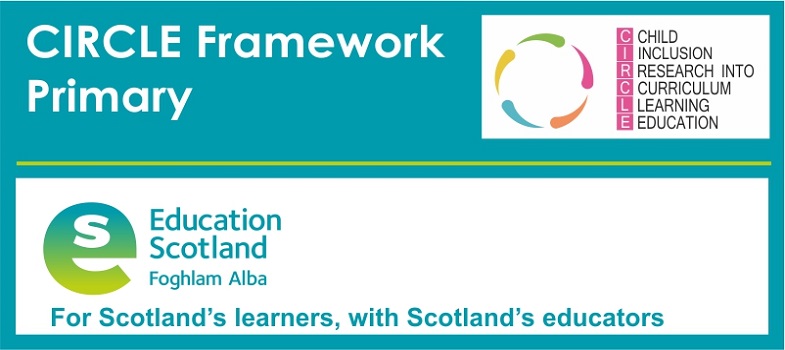2.3.5 Collaborative working
When meeting the needs of children and young people, it is vital to work collaboratively with the learner, with your colleagues within the school and with parents and partner agencies (this will be explored further in Section 6).
An example of a whole school approach is where a speech and language therapist works with school staff to develop a communication friendly environment that is consistent across the school. This not only supports individual learners with communication needs, it has the potential to enhance the understanding of all learners.
Reflective Task: Collaboration
What supports collaborative working?
Make some notes in your Reflective Log.
Discussion
All of the following approaches support collaborative working.
Develop an understanding of others’ roles and responsibilities through discussion or information available related to support services within and external to the school. Support clear and open routes of communication with colleagues in school and from partner services and agencies.
Use established routes of communication to enable learners and their parents/carers to express their views as part of the collaborative process.
Consider opportunities to work collaboratively on school-wide initiatives such as school improvement plan working parties, children’s rights, nurturing practices or mental maths strategies; consider opportunities to observe other teachers; and support requests by others to observe learners in class.
2.3.4 Managing transitions
